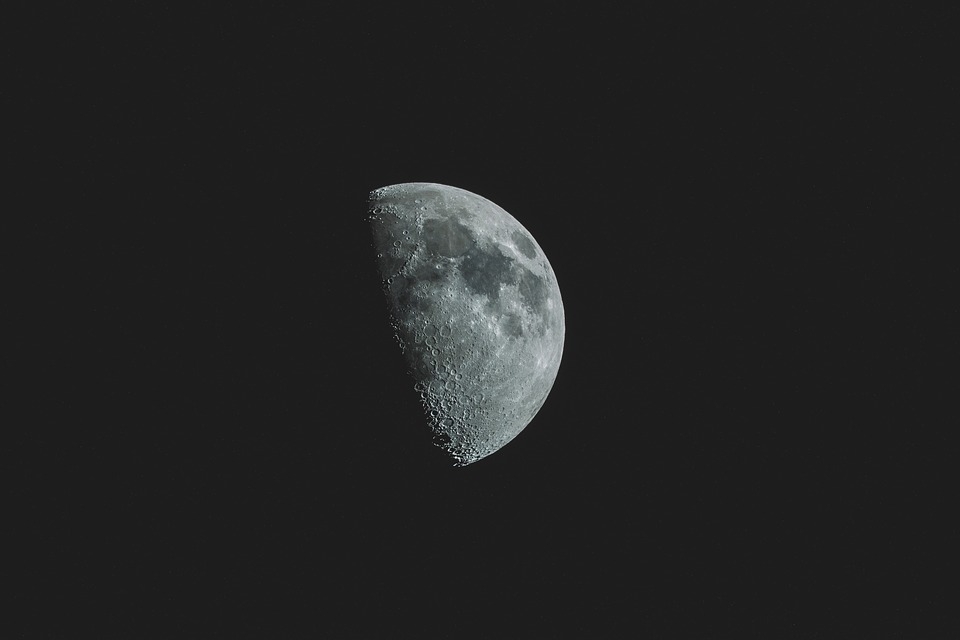With NASA currently undergoing preparations for its upcoming missions, the agency requires a lot of funding for preparations to stay on schedule. The upcoming Artemis mission is estimated to cost tens of billions of dollars to push through.
NASA hopes to bring astronauts back to the Moon by 2024 through its Artemis program, which would extend to the future Mars mission. According to space experts, the estimated budget needed for the mission to stay on schedule is around $28 billion. The US government has yet to sign off on the fund allocation, which Donald Trump has previously announced to be a priority in 2019. Trump’s predecessor, Barack Obama, had to cancel a muted Mars mission during his presidency as Obama’s predecessor spent billions on the project.
The agency’s administrator Jim Bridenstine acknowledged the political risks that posed a threat to NASA’s work. This is especially whenever elections were close. However, Bridenstine expressed that if Congress is able to approve a portion of the estimated budget which would be around $3.2 billion by the end of 2020, then they would stay on track for a 2024 Moon mission.
“To be clear, we’re going to the south pole. There’s no discussion of anything other than that,” said Bridenstine. This means that the upcoming mission will not be revisiting the sites that were previously visited during the Apollo missions. The lunar south pole was chosen to be the destination in the upcoming moon mission because it is believed that the region has a lot of frozen water which would be important in future efforts to colonize the Moon.
NASA is also monitoring activities happening in the gas giant Jupiter and its moons. The Juno spacecraft recently snapped an image of an eclipse over a part of Jupiter by its moon Io. The photo was taken during the spacecraft’s 22nd flyby of the planet.
Io happens to be the innermost and the third-largest of the Gallilean moons, and its approach between Jupiter and the Sun resulted in a black shadow over Jupiter’s surface.
“Jupiter’s volcanically active moon Io casts its shadow on the planet in this dramatic image from NASA’s Juno spacecraft. As with solar eclipses on the Earth, within the dark circle racing across Jupiter’s cloud tops one would witness a full solar eclipse as Io passes in front of the Sun,” said NASA.



 Why some people don't trust science – and how to change their minds
Why some people don't trust science – and how to change their minds  Our survey of the sky is uncovering the secrets of how planets are born
Our survey of the sky is uncovering the secrets of how planets are born  The rising flood of space junk is a risk to us on Earth – and governments are on the hook
The rising flood of space junk is a risk to us on Earth – and governments are on the hook  Black hole, neutron star or something new? We discovered an object that defies explanation
Black hole, neutron star or something new? We discovered an object that defies explanation  Dark energy is one of the biggest puzzles in science and we're now a step closer to understanding it
Dark energy is one of the biggest puzzles in science and we're now a step closer to understanding it  IceCube researchers detect a rare type of energetic neutrino sent from powerful astronomical objects
IceCube researchers detect a rare type of energetic neutrino sent from powerful astronomical objects  A Nasa rover has reached a promising place to search for fossilised life on Mars
A Nasa rover has reached a promising place to search for fossilised life on Mars  Six space missions to look forward to in 2024
Six space missions to look forward to in 2024  The Mars Sample Return mission has a shaky future, and NASA is calling on private companies for backup
The Mars Sample Return mission has a shaky future, and NASA is calling on private companies for backup  The mystery of consciousness shows there may be a limit to what science alone can achieve
The mystery of consciousness shows there may be a limit to what science alone can achieve  Dark matter: our new experiment aims to turn the ghostly substance into actual light
Dark matter: our new experiment aims to turn the ghostly substance into actual light  The brightest object in the universe is a black hole that eats a star a day
The brightest object in the universe is a black hole that eats a star a day  Alpha, beta, theta: what are brain states and brain waves? And can we control them?
Alpha, beta, theta: what are brain states and brain waves? And can we control them?  Orbital resonance − the striking gravitational dance done by planets with aligning orbits
Orbital resonance − the striking gravitational dance done by planets with aligning orbits  Larger and more frequent solar storms will make for potential disruptions and spectacular auroras on Earth
Larger and more frequent solar storms will make for potential disruptions and spectacular auroras on Earth  Synthetic human embryos let researchers study early development while sidestepping ethical and logistical hurdles
Synthetic human embryos let researchers study early development while sidestepping ethical and logistical hurdles 






























